The following was culled from a number of very helpful posts. Thanks to all the anonymous contributors.
Leaf mold is the term used for a special kind of compost using only leaves that are slowly decomposed without adding any other ingredients.
Making leaf mold is a COLD process. That makes it different from composting. The decomposition is mostly done by fungi whereas composting relies on bacteria. If you try to heat up or accelerate the process by adding greens you would be making compost. There's nothing wrong with that of course but it is a different process.
Compare it to slow cooking in a Crockpot vs. the Microwave approach of a traditional hot compost pile. It is a process that results in a very nutrient and mineral rich soil amendment you can use in a number of ways. You are basically just trying to recreate the environment of the forest floor in a contained space.
Some ways you can use it are:
- Mix in with your planting/potting soil to enhance fertility
- Top dress your planting beds as a slow release fertilizer/mulch
- Brew into a tea as a root feeding solution or dilute for a foliar spray
How To Do It
The process can take anywhere from 9 months in very wet tropical zones to up to 3 years in more northern climates. The good thing is it is very low input: just pile up the leaves and let them alone. The most effective and widely used method is to make a wiremesh holding bin. Any size you have room for, the bigger the better. There are a number of sites that have info on making the bin.
Pile in the leaves and wet them down. If you can shred them a bit first the process will be accelerated somewhat. Try to gather a wide variety of leaf types as each species will bring different concentrations of minerals to the mix. Think of it like a mixed leaf salad. You may cover the bin with a tarp or a piece of old carpeting to help it retain moisture if you wish. Depending on your zone and where your bin is located (sun or shade) this may or may not be necessary.
By the next fall the contents will have reduced considerably, hence the need for as large a bin as possible initially. Open up the bin and give the contents a little stir, just fluff them up a bit to get a bit of aeration. Set up the bin alongside this pile and reload it with new leaves. Repeat in year 2, moving the bin over one more time. By the third year the pile that had been the contents of the first bin should be well broken down, black and crumbly, and smell like a walk thru the woods after a rainstorm. You can harvest and use this as you wish and start a new cycle on that spot.
If your bin gets too dry you can weave slats from an old window blind into the mesh or line the bin with sheet plastic to help retain the moisture.
Another method is just stockpile your leaves in lawn bags. Stuff the bags full of leaves and give them a good wetting with the hose before you close the bag. Poke a number of holes in the bags, A garden fork works well for this. Pile up the bags in an out of the way corner. You should mark the bags in some way to determine what vintage each bag contains i.e. 97-98-99 etc. Let sit for however long needed in your climate and harvest the bounty when ready. You can also use the stockpiled leaves as a brown component of your regular compost at any stage of decomposition.
{{gwi:2110410}}Image by: Monte
Leaf Mold



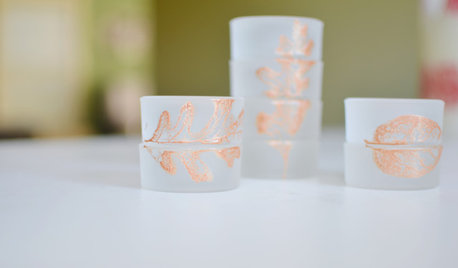
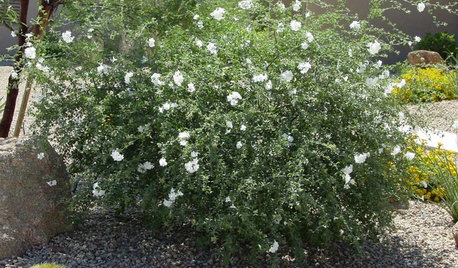


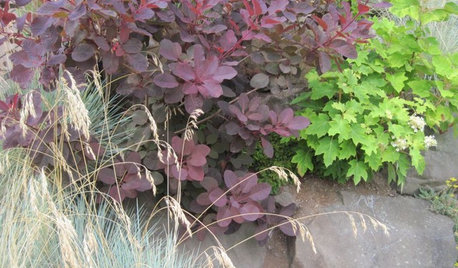
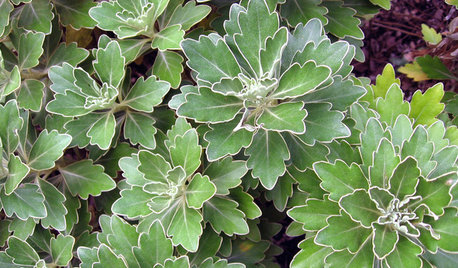
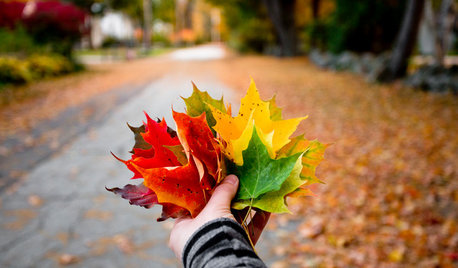



Related Discussions
Tutorial for Making a Leaf Mold
Q
Making leaf mold
Q
doing both leaf composting and leaf mold in same wire bin?
Q
Making Leaf Mold
Q